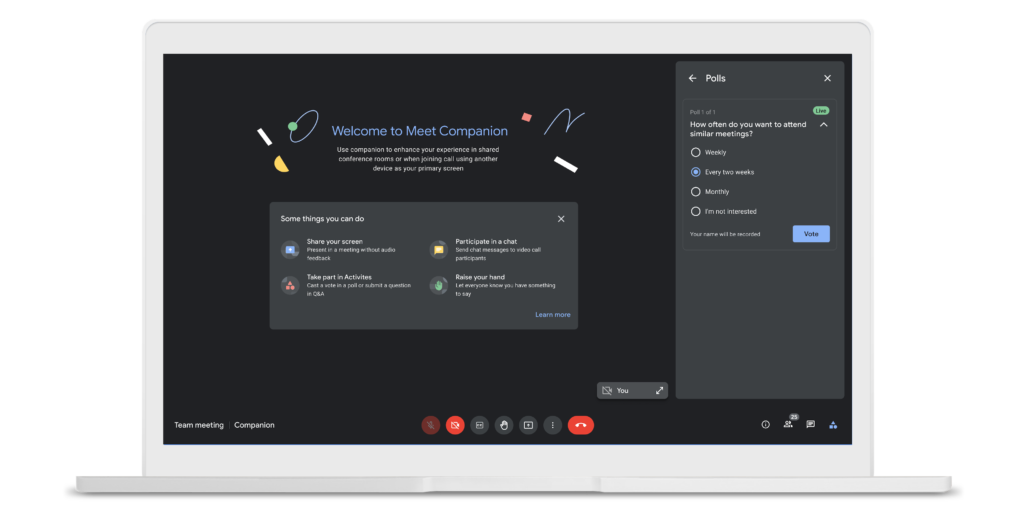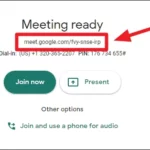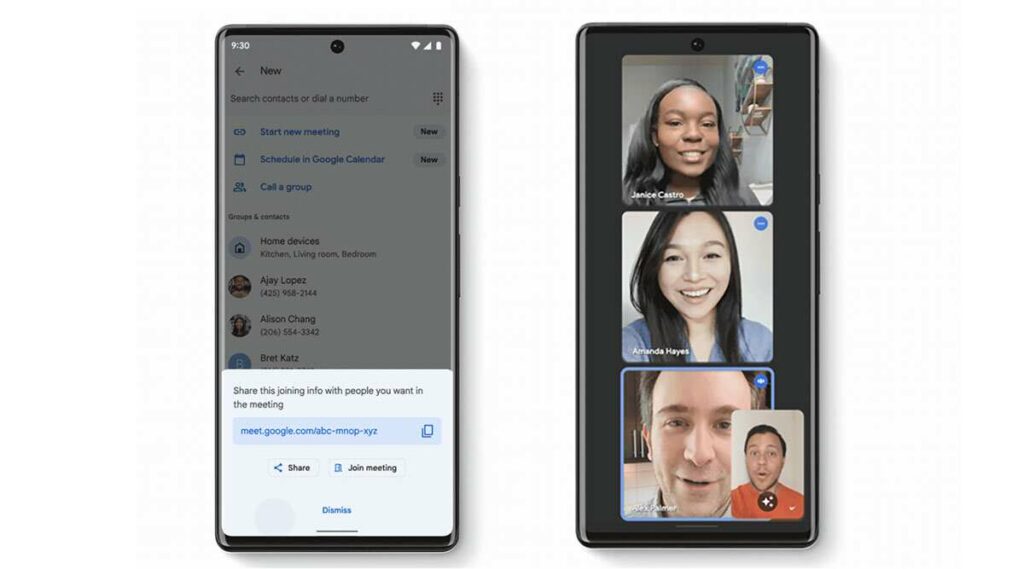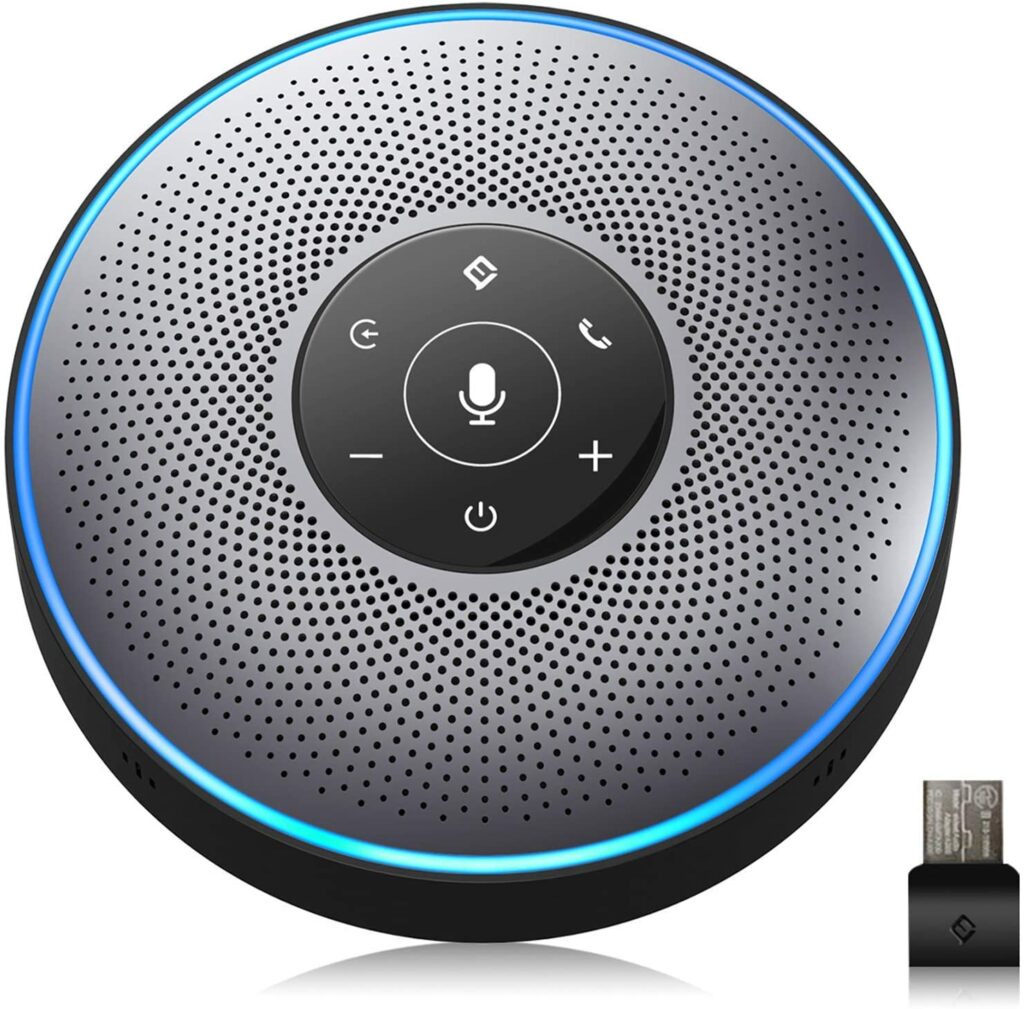Table of Contents
How to Use Companion Mode on Google Meet?
There are three ways to join a meeting using the Companion mode on Google Meet. The first is to send yourself an invite using your usual method. When you get a meeting invite from Google Meet, you can find a Companion code link in the email and click on that link. When you receive the invitation, the link will include a meeting code and other joining options. Click on Use Companion mode to use the service.
Disables Microphone and Camera:
Google Meet offers Companion Mode for a variety of meeting types, including group calls, video calls, and web meetings. To join a meeting while using Companion mode, visit g.co/companion, and enter the unique Companion code link. Once you’ve joined, you can start the meeting by accessing the Chat icon or clicking the Present Now button.

Changing your default language in Google Meeting is easy and frees up screen space for your presenter. You can change the default language for your meeting and the companions can view you if you have enabled the Companion Mode. To enable closed captions, click the Captions icon. A light blue bubble will appear next to it. After enabling captions, you’re all set.
To disable the microphone and camera in Google Meeting, open the application on any device that supports the Google Meet app. Select the ‘New meeting’ option from the main page. A new meeting window will open. Click on the microphone icon to disable it. When it’s disabled, it will have a cut symbol. The camera will continue to work, but the microphone will not. Alternatively, you can also disable the camera and microphone to avoid background noise.
Hides Participant Grid:
If you are a new user of Google Meet, you will find that the application is difficult to use, particularly when you can’t see the full face of all participants. To get around this problem, there are a few options that can make your life easier:
Hide participant grid in Google Meet Companion Mode lets you connect to the same meeting from a second screen without a laptop. Companion mode works with two laptops or one laptop and a compatible device, such as a Google Hub Max. Unlike the traditional meeting interface, it doesn’t display a participant grid. You’ll still be able to use your computer’s microphone and camera, but the video grid won’t appear.
If the meeting features a video, you’ll want to hide the participant grid. It can’t be turned on from a mobile device. You can choose to view the video grid while it’s hiding. You can also choose to display only speaking participants by clicking on the drop-down menu. By default, you’ll see the screen of the speaker only. If you’re sharing a screen with others, you’ll want to switch to the sidebar view instead.
Rolls out to all Workspace Customers:
If you’re a Google Workspace customer, you’ve probably seen the new feature. It will gradually roll out to all Workspace customers over the next fifteen days. If you don’t have Workspace yet, you can sign up for the Daily Brief email digest. It will be available from 4 April.

Google is also rolling out the new feature to all Workspace Individual customers, as well. As a Workspace customer, you’ll be able to use the new feature on your own or invite others. This new feature is available to Workspace and G Suite Basic and Business customers.
It will be available for Workspace Individual customers at a later date. However, it’s still unclear when Google will roll out Companion Mode to other users. Once you’ve enabled Companion Mode on your Google account, you’ll be able to use it with your other Workspace accounts.
Changes language of Captions:
If you don’t speak the language spoken in the video you’re watching during a meeting, you can change the language of the live captions in the accompanying Google Chrome Extension. Google Meet offers six languages, including English, German, Portuguese (Brazil), and Spanish (Mexico and Spain).
The captions will stay in place unless you turn them off. To change the language of captions, select a language in the settings bar and tap the flag next to the language you want to see. Google is introducing new features to Google Meet to support a hybrid work culture. Live translation of captions is being rolled out to meet attendees.
Conclusion:
Live translation is an important step in a global company, as it will be easier for remote members to understand what is said. Google is also putting new tools into users’ hands to identify potentially dangerous files in their Drive. When a user selects a file that is suspicious, a warning banner will appear.








